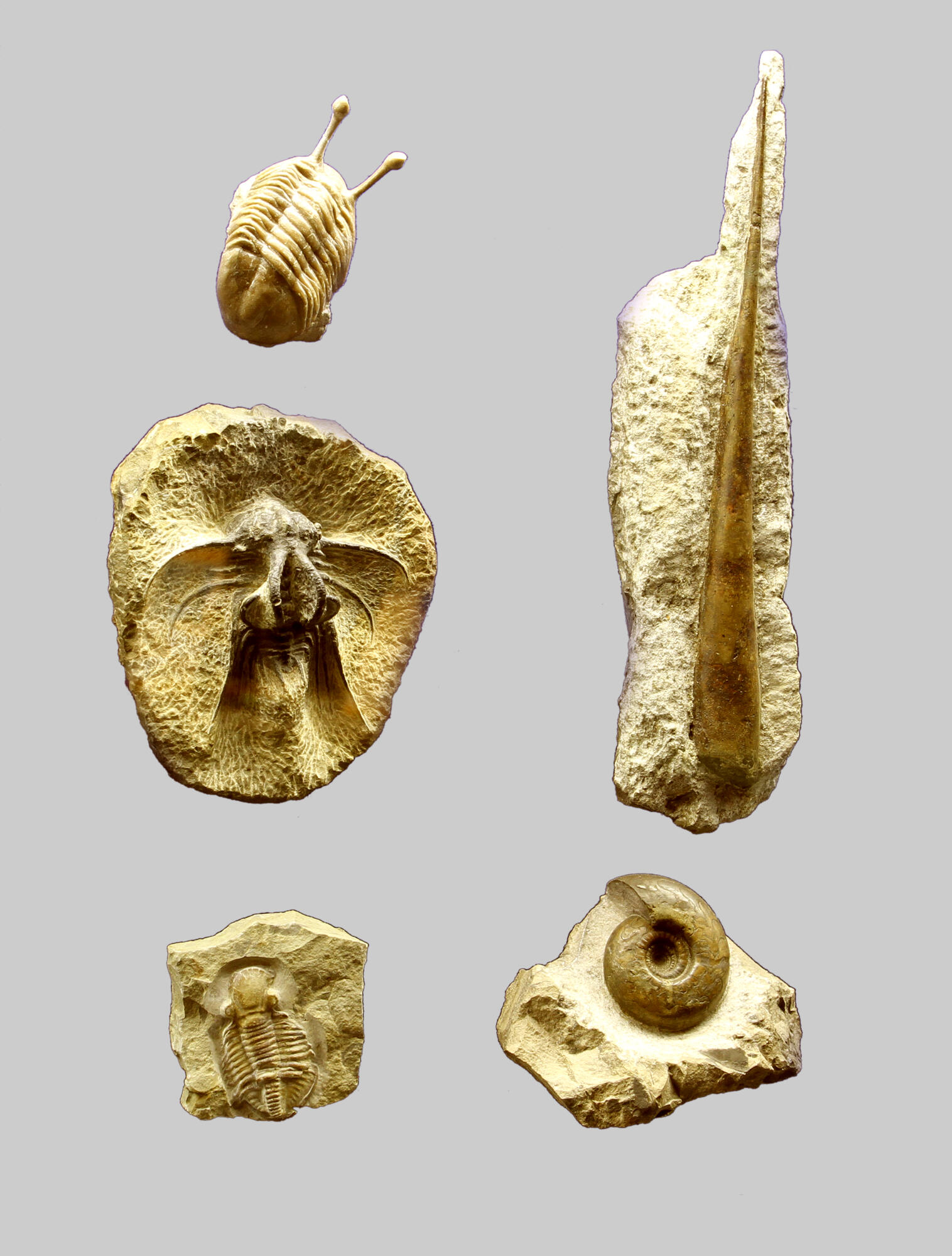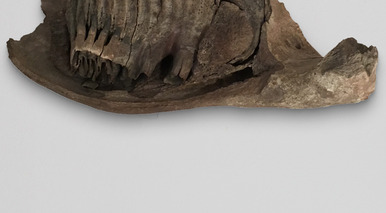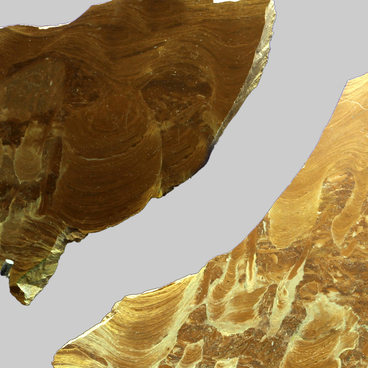Trilobites are an extinct class of marine arthropods that lived on our planet in the Paleozoic era from 600 to 250 million years ago. The body of trilobites consisted of three lobes, on this basis the class got its name: trilobita translated from Latin means ‘three-lobe’.
By appearance these animals resembled large wood lice: their segmented body was covered with a strong shell of chitin, and their body sizes ranged from 1 mm to 0.5 m. To protect the abdominal surface, they could roll up into a ball due to the movable connection of the trunk segments. Trilobites lived on the ocean floor and in the water, feeding on small organic remains. However, scientists occasionally find confirmation that some species of these arthropods were predators.
Bactritoids are small cephalopods that lived mainly in the Devonian period (416–360 million years ago). Their outer shells were mostly straight, but they could also be slightly bent. The size of the molluscs was very modest - they reached only 2–3 cm in diameter. These specimens lived in the seas and led an active lifestyle. Despite the fact that bactritoids existed for a long time, they did not flourish in development - it was a poorly distributed group. Nevertheless, it is of great importance for understanding the evolution of cephalopods: most likely, it is from them that the most important groups for geology - ammonites and belemnites - originated.
Ammonites are cephalopods with a spirally wound shell. The sizes of different types vary from 0.5 mm to 2.5 m. The ammonite shell was divided by partitions into several chambers, the animal itself was placed in the last living chamber. Ammonites were carnivores and most likely hunted whatever prey they could catch. Judging by the variety of forms of their shells, mollusks lived at different depths, swam at different speeds and occupied different ecological niches. Many paleontologists believe that before the mass flowering of teleost fish, it was ammonites that occupied most of the ecological niches that are now occupied by fish. The closest relatives of the extinct cephalopods still live in the seas and oceans: these include nautilus, octopus, squid and cuttlefish.
By appearance these animals resembled large wood lice: their segmented body was covered with a strong shell of chitin, and their body sizes ranged from 1 mm to 0.5 m. To protect the abdominal surface, they could roll up into a ball due to the movable connection of the trunk segments. Trilobites lived on the ocean floor and in the water, feeding on small organic remains. However, scientists occasionally find confirmation that some species of these arthropods were predators.
Bactritoids are small cephalopods that lived mainly in the Devonian period (416–360 million years ago). Their outer shells were mostly straight, but they could also be slightly bent. The size of the molluscs was very modest - they reached only 2–3 cm in diameter. These specimens lived in the seas and led an active lifestyle. Despite the fact that bactritoids existed for a long time, they did not flourish in development - it was a poorly distributed group. Nevertheless, it is of great importance for understanding the evolution of cephalopods: most likely, it is from them that the most important groups for geology - ammonites and belemnites - originated.
Ammonites are cephalopods with a spirally wound shell. The sizes of different types vary from 0.5 mm to 2.5 m. The ammonite shell was divided by partitions into several chambers, the animal itself was placed in the last living chamber. Ammonites were carnivores and most likely hunted whatever prey they could catch. Judging by the variety of forms of their shells, mollusks lived at different depths, swam at different speeds and occupied different ecological niches. Many paleontologists believe that before the mass flowering of teleost fish, it was ammonites that occupied most of the ecological niches that are now occupied by fish. The closest relatives of the extinct cephalopods still live in the seas and oceans: these include nautilus, octopus, squid and cuttlefish.



